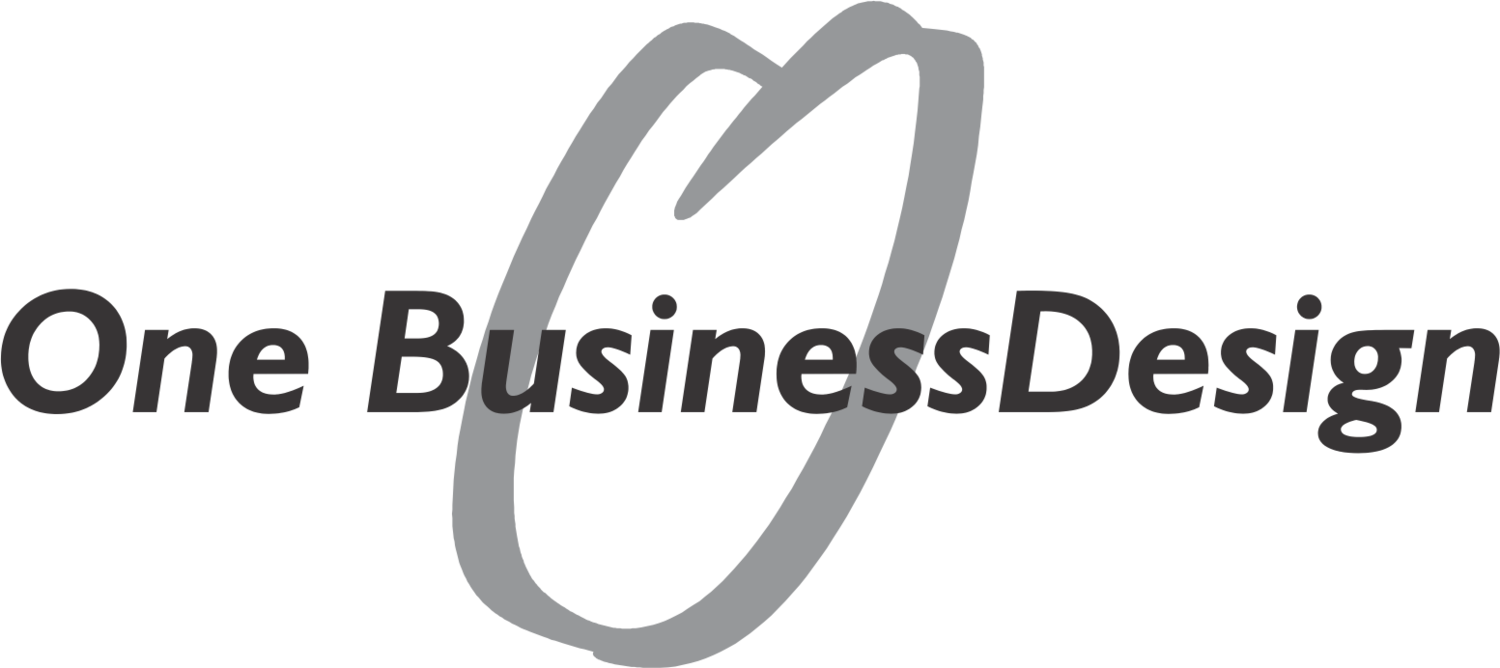Subconscious
In my continued effort to find, study and review the ever increasing academic journal articles relating to Design Thinking I have delved into why designers are so against focus groups, except very late in the design process, and have pushed for and succeeded with ethnographic research methods. The short answer is how much the subconscious rules our lives. Let me explain further.
First as to focus groups. I, along with many others, have sat through these day-long sessions, behind the mirror, while a facilitator is working through a series of pre-planned questions with people who meet the target market (and also have time to spend all day away from work or any other obligations).
At the end of the day, literally, we walk away with a full slate of very logical and analytical answers to the questions that were asked. “The customer told us what they wanted, now we just have to do it and everyone will be happy.” is stated by someone in the group, usually not the designer.
But why are we designers so difficult? People are rational, and they have full recovery of memories, especially in regards to how they themselves do things every day. Right?
Well, the answer is actually – No. In general, we are going through our day on subconscious autopilot.
As stated by Dr. Bruce Lipton, Developmental Biologist in “Mind Over Genes: The New Biology”
"Also, as neuroscientists emphasize, the conscious mind provides 5% or less of the cognitive activity during the day. Ninety-five to ninety-nine percent of our behavior is directly derived from the subconscious"
If you are interested in purchasing the article, you can find it here:
http://inspirall.com.au/new/wp-content/uploads/2012/10/Mind-Over-Genes.pdf
So what does this mean? Sorry Apple and P&G, people are not analyzing your offering and picking them rationally. They are being convinced by emotions, experiences and deep memories. (note: not picking on Apple or P&G, just using them as examples).
One question I asked myself, upon reading the previous quote was “Why do we run on subconscious autopilot most of the day?” The answer I found is that it is the most efficient way for humans to operate:
From the White paper entitles “Marketing and Neuroscience: What Drives Customer Decisions?” by Barbara O’Connell, Steven Walden, and Andrew Pohlmann.
Steven Walden - Senior Head of Research and Consulting, Beyond Philosophy states:
"Other evidence from neuroscience highlights the importance of subconscious and memorable moments. Even when people cannot remember how they made a decision, they like to say they made the logical decision. However, evidence says it is not all logical and the subconscious is critical. Walden noted that the subconscious processes 200,000 times more information than the conscious mind and processes emotions about 10 times faster than the conscious mind."
"Companies can differentiate themselves by focusing on creating emotional value, finding those things that are blind to the conscious side of clients, and building that emotional connection."
Download for free at http://www.jointheama.com/prospect/white-papers/White%20Paper%20Neuroscience%20what%20drives%20cust%20descisions.pdf
So I am totally guessing here, but we would probably go mad if our conscious mind was running all the time.
How do companies go about “finding those things that are blind to the conscious side of clients”? Glad you asked. It is by getting out of the conference room and entering the customer’s (let me switch this to user’s) world through ethnographic research techniques. Why? Instead of asking the user to recall and respond, you have them do while you observe. This means they are in the moment, doing the task with the same amount of subconscious “surfing” as they would at any other time. You as the observer are picking up on the problems they could not articulate, through the act of observation as well as perfectly timed questions, in the moment, to allow them to articulate what is really going on. There are many ethnographic research methods that designers use to accomplish this. Below is a non-exhaustive list:
· Fly on the Wall
· Shadowing
· Guided Tours
· Personal Inventories
· Think Aloud Protocol
· Walk a Mile
· Adopt a User
· Behavior Mapping
· Contextual Inquiry
And if you think big ticket items cause a change to the rational mind, enjoy the statements by Colin Shaw, Qaalfa Dibeehi and Steven Walden in a chapter form their book entitled “Experience Psychology Research”:
"Hence, if you ask a customer three months later why they bought that car, of course their answer will be all about the price and product features, when in fact it was these things and more that actually caused them to choose it. Perhaps they were heavily influenced by the rep being really nice to them, their partner's encouragement in the showroom, or simply the way the car was presented, how it just spoke to them!
All the analysis in the world after the event will never quite take you back to the moment, when your customer was sitting in the car, imagining themselves driving it. Perhaps at the end of the day it was the cup-holder in the car, the smell of the leather seats, the many subconscious fleeting impulses felt and remembered that did it for them.
So are we really getting accurate results by asking for feedback outside of the event, or are we just getting feedback? If you ask a customer a question, they'll give you an answer that sounds rational, because they are thinking "I'd hate to say, you know, I really bought that car because I fell for the reps' patter."
If you are interested in purchasing the article, you can find it here: http://link.springer.com/chapter/10.1057/9780230291775_3
Yes, users are your inspiration, but I would suggest you don’t put them in a position to try to suddenly articulate something that their conscious mind is not involved with in most cases. Use Design ethnographic research techniques in order to mine the subconscious for an unarticulated problem that will allow you to create an innovative solution. The science says it is the right thing to do.



